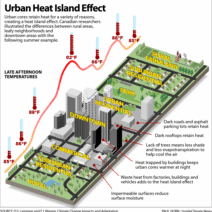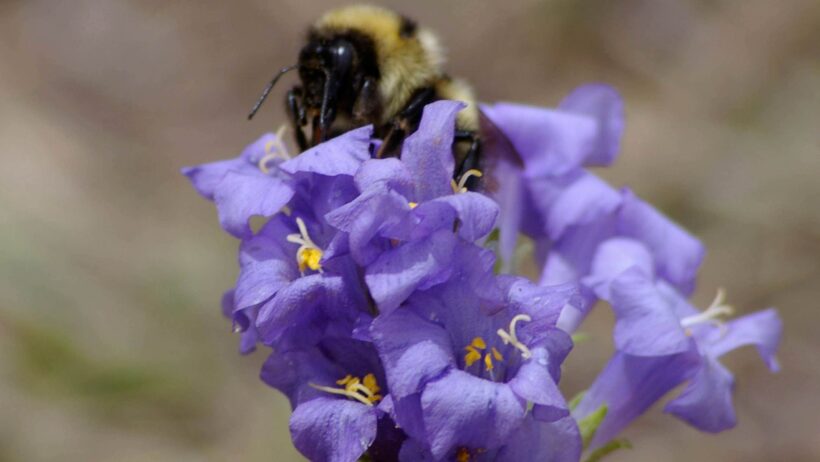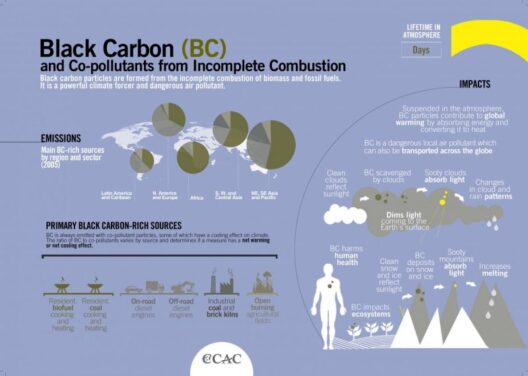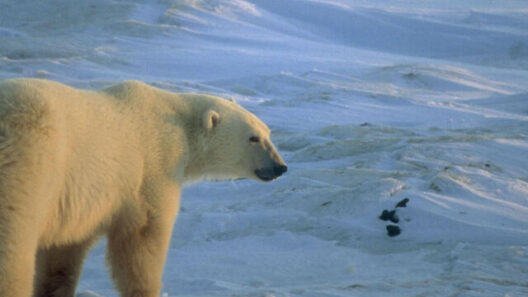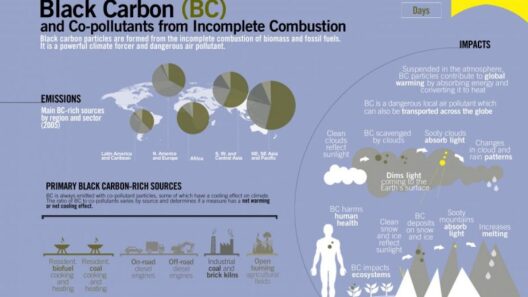As the planet’s climate continues to change at an unprecedented rate, the ripple effects extend far beyond mere weather patterns, permeating the intricate tapestry of life itself. Animals, much like people, are living organisms shaped by their environments. Global warming, an omnipresent threat, is initiating a phenomenon that can be encapsulated in the phrase “genes in flux.” Understanding how these genetic adaptations manifest can provide insight into the future of biodiversity on Earth and the resilience of various species.
The basic premise of evolutionary biology asserts that species evolve over time through mechanisms such as natural selection, genetic drift, and mutation. Traditionally, these processes unfold over vast geological timescales, often measured in millennia. However, as climate change accelerates, many species are finding themselves under intense pressure that can catalyze rapid evolutionary changes. This can lead to observable shifts in physical traits, behaviors, and reproductive strategies in a relatively short period.
One of the most compelling examples of this phenomenon is found in bumblebees. Research has shown that as average temperatures rise, the bodies of these insects are evolving in response to changing climates. Warmer temperatures can affect bumblebees’ size, metabolism, and flight patterns, which are pivotal for their survival. Smaller body sizes, often selected for in warmer conditions, are expected to enhance thermoregulation, allowing these insects to forage more efficiently and adapt to fluctuating environmental conditions. Such changes, however, are not devoid of risks. The maladaptive consequences can materialize if genetic variations driven by climate change impede these insects’ interactions with flora, leading to disrupted pollination networks that are vital for our ecosystems.
Moreover, geographic distribution plays a critical role in how species adapt to global warming. Many animals are responding to climate change by moving toward higher altitudes or latitudes in search of cooler habitats. This phenomenon is not merely a relocation; it is also a genetic reshuffling, where isolated populations may start mixing, leading to hybrid vigor. Yet, such migrations are contingent on the availability of suitable habitats and can result in additional stresses, including competition with native species and loss of genetic diversity.
Genetic studies have begun to illustrate the nuances of these adaptations. For instance, the phenomenon known as “genomic hitchhiking” can accelerate adaptation in populations subjected to rapid environmental changes. This occurs when a beneficial allele, or variant of a gene, provides an advantage and, in the process, carries along nearby genetic variations that may not confer any advantage by themselves. This intricate dance of genes illustrates the power of genetic flux and its potential to reshape entire species under the pressure of climate change.
Additionally, marine ecosystems are not immune to the forces of global warming. The ocean’s acidification and rising temperatures are directly affecting species such as coral reefs and fish populations. Coral bleaching events, triggered by elevated water temperatures, signal not merely an ecological crisis but a potential flashpoint for evolutionary changes. Coral species that survive these stark conditions are likely to possess traits that enhance their resilience—traits that may proliferate in future generations if the oceans’ temperatures continue to rise. Yet, this evolutionary resilience is precariously balanced against the backdrop of other stressors, such as pollution and habitat destruction.
In freshwater environments, changes in temperature and precipitation patterns can lead to dramatic alterations in the life cycles of amphibians, fish, and other aquatic organisms. The adaptability of these species hinges on their ability to alter reproductive schedules, which can involve intricate genetic adjustments. For example, many frogs rely on specific temperature cues to time their breeding. A shift in these cues due to climate-induced changes could result in mismatched breeding times, putting additional pressure on already vulnerable populations. This reveals the delicate interdependencies that exist within ecosystems and underscores the necessity of understanding these changes through a genetic lens.
The intertwined fates of nature and climate underline the importance of conservation efforts that not only focus on immediate survival but also seek to foster genetic diversity. Strategies such as habitat protection, restoration, and managed relocations may play pivotal roles in facilitating adaptive shifts. By maintaining robust ecosystems, we not only augment the chances of survival for various species but also enhance their capacity to evolve in the face of climate change. Promising initiatives such as genetic rescue—wherein individuals are introduced from diverse populations to reduce inbreeding depression—promise a proactive approach to preserving biodiversity amidst a warming world.
Understanding the concept of “genes in flux” ignites curiosity about the broader implications of climate change on life as we know it. As species evolve in response to environmental stressors, the realms of genetic diversity and adaptability will undoubtedly play crucial roles in shaping future ecosystems. The implications extend beyond ecology; they challenge our understanding of biology, conservation, and even our own place within the natural world.
In conclusion, global warming is not merely a threat to environmental stability but a catalyst for evolutionary change. The responses of various species to shifting climates encapsulate the essence of survival amid adversity. The potential to witness rapid adaptations driven by genetic shifts introduces a new layer of complexity to the age-old narrative of evolution. In recognizing the interconnectedness of our actions and the ecosystems they affect, we are reminded that while climate change presents formidable challenges, it also offers a unique perspective on the resilience and innovation inherent in nature. The story of “genes in flux” continues to unfold, inviting us to be not only observers but active participants in the unfolding saga of life on Earth.
